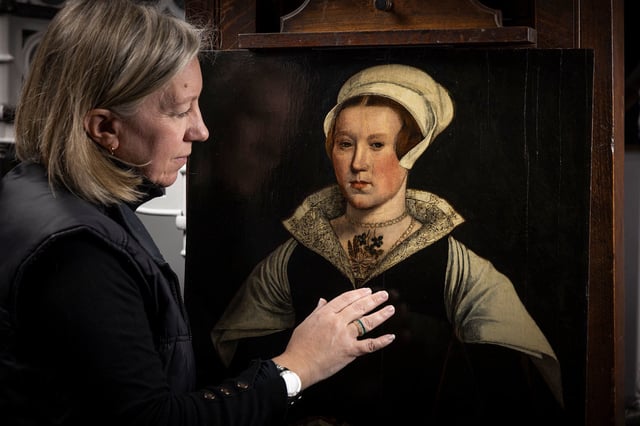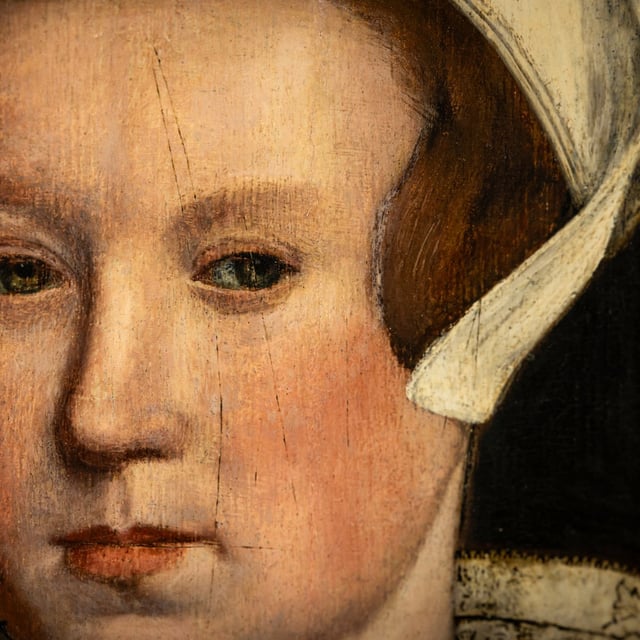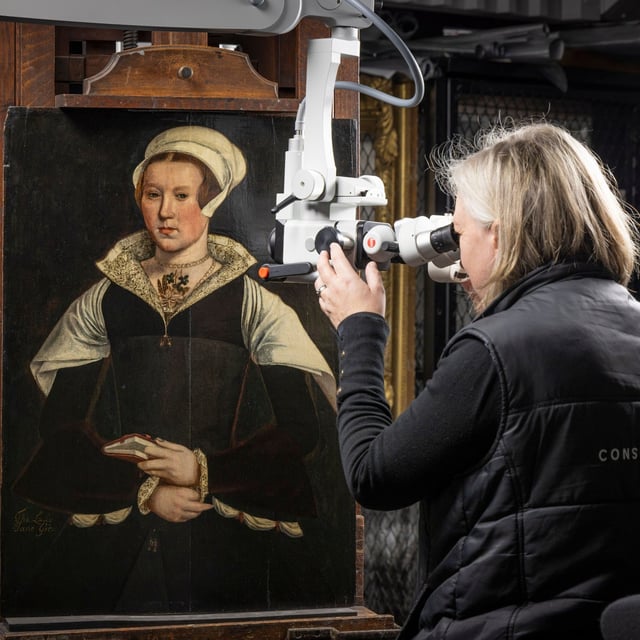Overview
- The portrait, currently on display at Wrest Park in Bedfordshire, was analyzed by English Heritage and the Courtauld Institute of Art.
- Dendrochronological analysis dates the wooden panel to between 1539 and 1571, aligning with Lady Jane Grey's lifetime.
- Alterations to the painting, including changes to the subject's costume and scratched-out facial features, suggest a shift to depict her as a Protestant martyr after her death.
- The back of the panel bears a merchant's mark identical to one found on a portrait of King Edward VI, Lady Jane's predecessor and cousin.
- While experts cannot confirm the sitter’s identity with certainty, the evidence has reignited debate about the portrait’s connection to Lady Jane Grey.



